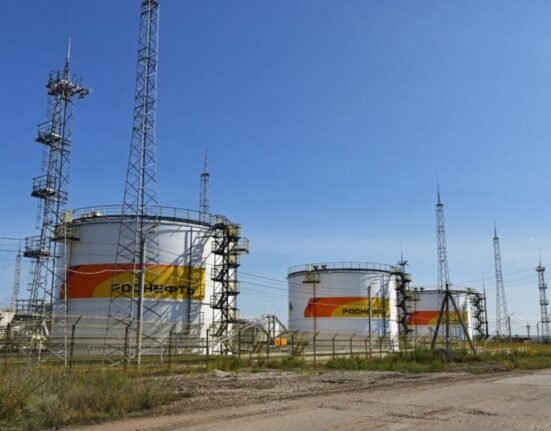In the world of economics, the term ‘commodity supercycle’ has gained considerable attention, particularly in the realms of global trade, finance, and sustainable development. A commodity supercycle is a prolonged period of boom and bust in the prices of commodities, spanning several years or even decades.
These cycles are driven by long-term structural changes in demand and supply, often related to industrialization, technological advancements, and geopolitical shifts. This article provides a historical overview of commodity supercycles and offers insights into their future trajectory.
Historical Perspective
The Emergence and Evolution
The concept of a commodity supercycle first emerged in the early 20th century, coinciding with the rapid industrialization of the United States and European nations. The first notable supercycle began in the early 1900s, driven by mass industrialization and the consequent demand for raw materials. This cycle witnessed significant price volatility in commodities such as coal, steel, and copper.
Subsequent supercycles have been closely linked to key historical events and technological breakthroughs. For instance, the post-World War II reconstruction era sparked a surge in commodity demand, notably in energy and construction materials. Similarly, the oil crises of the 1970s triggered another supercycle, profoundly impacting global economic dynamics.
The Chinese Influence
A pivotal moment in the history of commodity supercycles was the rise of China as a global economic powerhouse in the late 20th and early 21st centuries. China’s rapid industrialization and urbanization led to an unprecedented demand for commodities, fueling a supercycle that began in the early 2000s. This phase was characterized by soaring prices for metals, energy, and agricultural products, reshaping global commodity markets.
Future Outlook
New Drivers of Demand
Looking ahead, several factors are poised to influence future commodity supercycles. The global transition to renewable energy and electric vehicles is expected to boost demand for specific commodities like lithium, cobalt, and rare earth elements. This green revolution, coupled with technological advancements, could herald the onset of a new supercycle.
Geopolitical and Economic Factors
Geopolitical tensions and economic policies will continue to play a crucial role in shaping commodity markets. Trade policies, sanctions, and regional conflicts can disrupt supply chains, affecting commodity prices and potentially triggering or amplifying supercycles.
Sustainability and Environmental Considerations
Sustainability concerns are increasingly influencing commodity markets. The push for environmentally friendly practices and the circular economy may lead to significant changes in demand patterns and production methods. This shift could moderate the intensity of future supercycles, as sustainable practices may dampen the extreme fluctuations in demand and supply.












